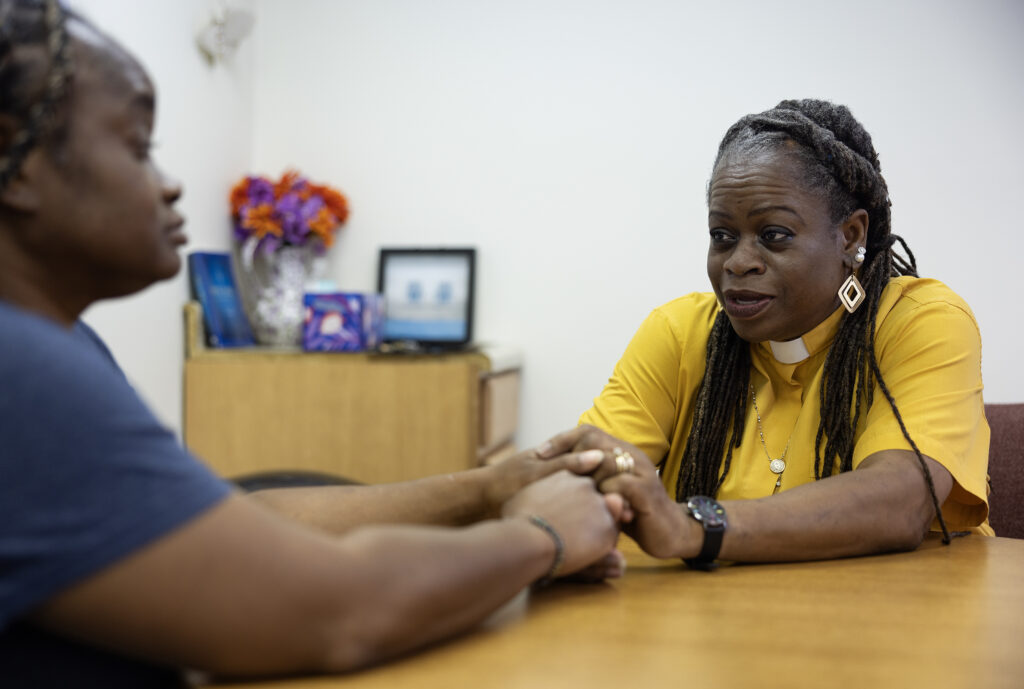Think about your workday and make a quick note of how many breaks you take.
A morning coffee break. Eating lunch outside. An afternoon stroll around the office. Little breaks here and there to stretch your legs and clear your mind to better tackle the task at hand.
As children throughout Kansas head back to school, it is important to remember that they need breaks during the school day to refresh as well.
However, a recent survey from the Kansas Association for Health, Physical Education, Recreation, & Dance (KAHPERD) found that most elementary and middle schools offer less than 20 minutes of total recess time each day, the time period generally recommended as the ideal time for a single, continuous break.
That lack of time outside of the classroom can be detrimental to the learning environment. According to recommendations from the American Academy of Pediatrics, recess is a necessary break in the day for optimizing a child’s social, emotional, physical and cognitive development.
The KAHPERD survey of 487 Kansas schools found 54 percent of Kansas middle schools do not have recess, and 63 percent of Kansas elementary students get a total of 0 to 20 minutes for the entire day. In addition, 30 percent of elementary students receive only one daily recess.
“Kids need to move. They need to decompress and to socialize. They need downtime, just like adults,†said Rick Pappas, one of the survey’s authors and a former physical education teacher who now instructs prospective PE teachers at Wichita State University.
The survey, funded by the Kansas Health Foundation, discovered some baseline information to determine the status of recess in Kansas schools, according to Steve Coen, KHF president and CEO.
“We heard a lot of anecdotal stories from teachers and others saying kids don’t get as much recess as they used to, or that recess is being cut to make room for other academic preparation,†Coen said. “But we know that kids who are more physically fit do better in school. Schools can make a huge impact.â€
Recess time, along with issues like healthy meals and classroom “brain breaks,†form the core of school wellness activities across the state, many guided by school wellness committees.
“These committees, made up of educators and parents, can have a major impact on children’s health,†Coen said. “This latest research study demonstrates we need to continue creating awareness of the benefits of school wellness.â€
Anyone interested in working with a school’s wellness committee should visit TeamUpForKansasKids.com, a website with information and resources to help families and school leaders facilitate positive partnerships to improve children’s well-being.

















